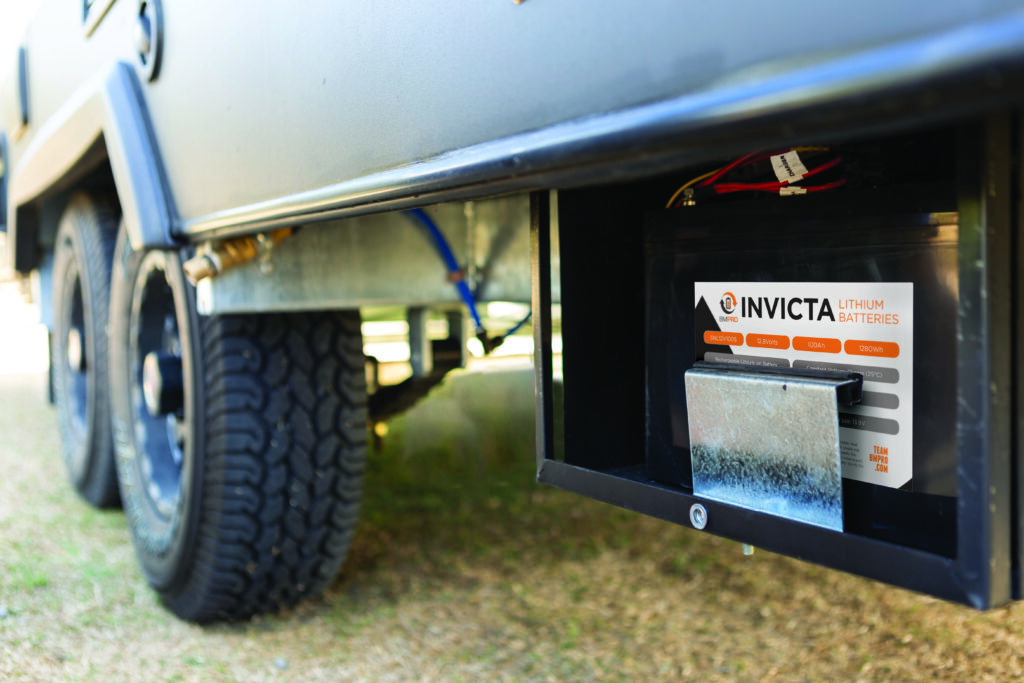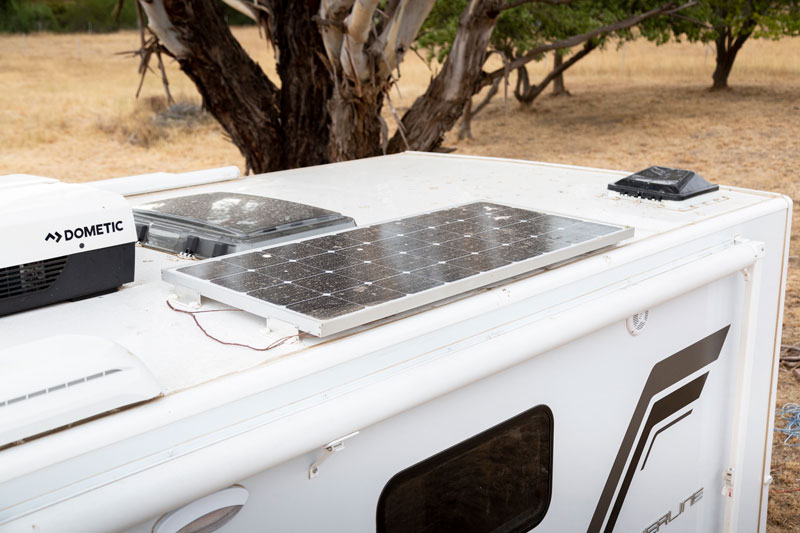
LITHIUM BATTERY GUIDELINES TO AS/NZ3001.2:2022
This is a guide to help understand the requirements of the new standard in relation to lithium battery
Good Day Mr Bayliss,
I seek your assistance in understanding the value of having a number of batteries connected vs a single battery. I am looking to replace my existing AGM batteries with Lithium and, as electrical matters are a mystery to me, would like your advice.
Is it better or more efficient to (a) charge ONE 300-amp hour battery or (b) charge ONE 100-amp hour battery connected to ONE 200-amp hour battery, giving 300-amp hours availability?
I am aware that the more cable used, the greater the voltage loss, connecting two batteries as opposed to one. Projecta is releasing a 35-amp charger later this month that will be compatible with Lithium batteries.
Any help would be most appreciated.
Cheers,
Brett.
NSW
Hi Brett,
Unfortunately, there is no direct answer/solution to your question as it will depend upon your circumstances. There is however a strong preference for a single larger battery.
First, let’s address the configuration you are proposing – 100Ahr + 200Ahr to provide 300Ahr. Not a preferred solution, as we would recommend either a single 300Ahr or a 3 x 100Ahr solution. Lithium batteries have their own built-in BMS (internal management electronics) systems and as your proposed battery setup has different sized batteries, they would require different voltage and amperage at different stages of their charging. From a discharge perspective, it would function the collective BMS’ are not operating/charging optimally as each battery BMS acts mutually exclusive to one another. Whilst the same logic applies to the 3 x 100Ahr system setup, the batteries are at least of the same size and capacity – meaning they have the same requirements and do not compete. Utilising an existing BMPRO 35Amp Lithium compatible charger will see the paralleled batteries as one bank.
Next, let’s tackle weight and size. We hear many make the case that a larger capacity battery with take up less space – true, but it will be a heavier solution. The first thing to note is that a 3 x 100Ahr multi-battery setup will take up 0.0333m3 in standard battery configuration whereas a 300Ahr takes up 0.0311m3. A negligible 7% difference, however, if you were then to include the connections, mounting brackets etc it would be closer to a 15-20% space-saving difference in favour of the larger 300Ahr. In terms of weight, a larger 300Ahr battery weighs in at 35kg whereas 3 x 15kg = 45kg for the multi-battery setup – plus the additional wiring, mounting and fusing. So, from a size and weight perspective, the larger battery wins.
Reliability would be the next consideration. Having no power can turn a holiday into a disaster when there is spoilt food, warm beer, no lights and the kids’ iPads can’t be charged. Two trains of thought here – firstly, with multiple batteries there are now multiple points the system can break down – the BMS, wiring, connections etc. However, if there was a problem in an off-grid scenario and not in reach of a service centre, a faulty battery can be removed from the battery bank, reducing the capacity to say 100 or 200Ahr to still provide power. On the other hand, if a 300Ahr battery had an issue then there would be no power at all. In addition, if a replacement was required then a multi-battery bank would be a cheaper option to replace a single 100Ahr battery. Most do not worry about this as a single battery has normally been sufficiently reliable. Remember also that if a single battery in a battery bank starts to degrade prematurely it will negatively impact the other two batteries too.
From a maintenance perspective, a 300Ahr battery is going to come in slightly ahead as there are fewer things to maintain. All battery setups require the checking of cables and connections as they can vibrate loose, cables degrade, and foreign objects can foul the area or terminate build-up if subjected to dirt or corrosion. With multi-battery setups, we would recommend recharging each of the batteries individually “balancing” after long periods of storage or every 24 months if used regularly. This ensures all batteries are maintained at the same collective voltage for optimal performance.
Overall, a larger battery is lighter, smaller, has less likelihood of failure, and less requires maintenance. You just need to ensure that it is of proven quality and reliability.
Safe travels,
12VGuru
Like this post? Share it!

This is a guide to help understand the requirements of the new standard in relation to lithium battery

Looking for more Power? Our 12V Guru discusses the key elements you need to know when upgrading a 12V system

Solar Panels installed on your vehicle roof? Our 12V Guru discusses how to optimise their performance in place of buying more panels

© 2020